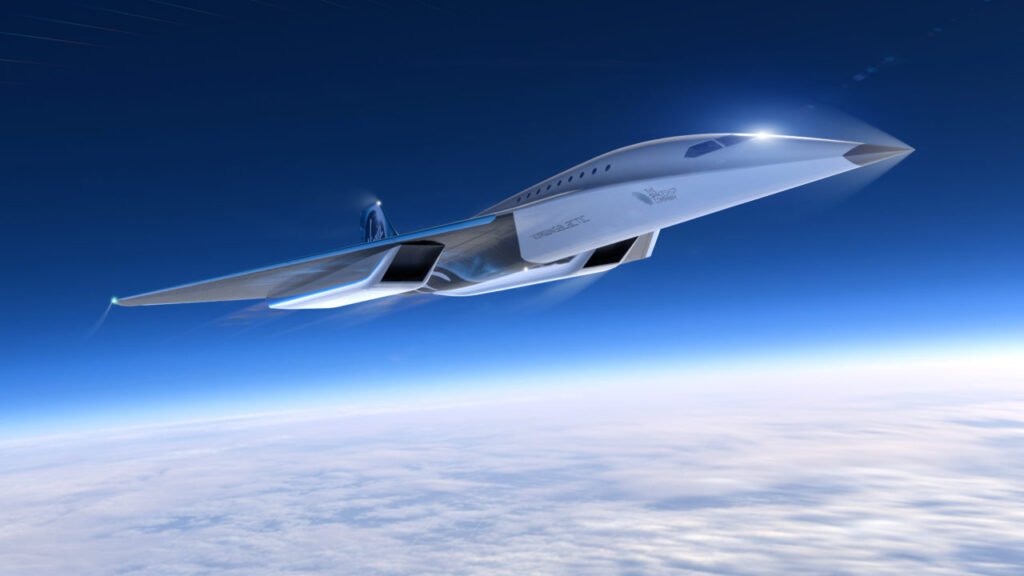We as humans have always been advancing, producing, and engineering bigger, better, and faster. So why not try transportation methods for even faster speeds using less energy and less fuel? How would you like to travel six hours worth of flight in just 30 minutes? This may soon become reality, thanks to a team of engineers from the University of Central Florida (UCF).
A constant detonation could be the key to hypersonic flight and space planes that can optimally fly from Earth into orbit. Moreover, researchers have recreated the required explosive phenomenon in the lab that could make this possible.
Detonations are a particularly powerful explosion that moves outward faster than the speed of sound. Scientists have often dreamed of building aircraft engines that can harness this kind of energy; such craft could theoretically fly from New York to London in under an hour. But detonations are too hard to control and usually last for even less than a microsecond, so no one has yet been able to make them a reality.

The same team has also created an experimental setup that lets them keep a detonation in a fixed position for several seconds, which the researchers say is a major step towards the future hypersonic propulsion systems.
Kareem Ahmed, an associate professor of mechanical and aerospace engineering at the University of Central Florida (UCF) said that what they’re trying to do there is to control that detonation.
How does the Hypersonic Detonation work?
The team’s current system would allow for air travel to reach speeds of Mach 6 to 17 using the power of an indirect detonation wave, which is stationary and stabilized.
This tech makes jet propulsion engine efficiency much better, as more power is generated all while less fuel is being used, the lighter fuel load lessens the cost and emissions. This tech is useful for jets on Earth and rockets on space missions, as TechXplore points out.

What’s different in this new research is that the team was able to sustain the length of the detonation wave for three seconds, which is much longer than the usual micro or milliseconds they usually detonate for.
Thankfully, because of the new hypersonic reaction chamber the team developed, which is a hypersonic high-enthalpy reaction, or HyperREACT, the researchers were able to increase the duration of the detonation wave, which makes it easier to study.
The concept works by funneling a mixture of air and fuel at hypersonic speeds (more than five times the speed of sound) toward a ramp, which in turn creates a shock wave. This shock wave immediately heats up the fuel-air mixture and causes it to detonate, blasting exhaust gasses out from the back of the engine at high speeds, which results in lots of thrusts.
When a mixture of air and fuel detonates in this way, the resulting combustion is extra efficient by being as close to 100 percent of the fuel, which is burned. The detonation also generates a lot of pressure, which means the engine can generate much more thrust than other approaches present.
In theory, this detonation should be able to propel an aircraft at up to 17 times the speed of sound, as said by the researchers, which could be fast enough for spacecraft to just fly out of the atmosphere, rather than needing to get a lift from rockets.
The team now plans on learning the phenomena in closer detail. The goal they have here is to have detonation-based hypersonic propulsion added to earth and space travel in the next decades.
Now, they’ve illustrated it as feasible, now it remains as more of an engineering problem to explore how to support it over a larger operating domain

2 Comments
Pingback: Supersonic Business Jets developer Aerion Supersonic abruptly Shuts Down - Craffic
Pingback: Hypersonic Space Plane startup promises to reach anywhere on earth in just One Hour - Craffic